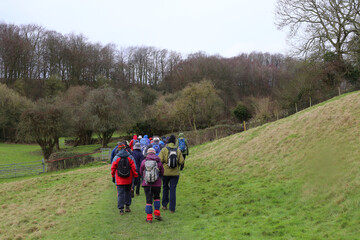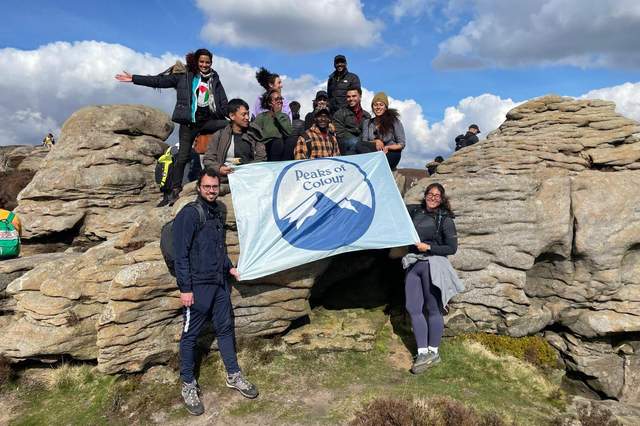
The Right to Roam Bill, championed by Caroline Lucas, is currently on its second reading in the House of Commons. More properly described as an extension to the Countryside & Rights of Way Act 2000 (Amendment) Bill. It is causing concern in many areas so what, exactly, is it?
It is difficult to find any detail via parliament so I have resorted to researching via campaign groups.
Stating that a mere 8% of land in England is available to the public for open access is one of the numbers quoted. This equates to just over 4000 square miles, but that number doesn’t look quite so bad does it? It is unclear whether this number includes the 140,000 miles of footpaths. Additionally, there are 20,000 miles of bridleways and 16,000 miles of the National Cycle Network.
Incidentally, as a user of those rights of way mentioned above, I have yet to see any of them overflowing with traffic. This brings me nicely on to another aspect of this Bill. That of the impression ethnic minorities are more reluctant to visit the countryside as they feel unwelcome.
Ethnic Minorities
It is unclear to me why this should be? When I am using these rights of way, I see ethnic minority representation in approximately the same proportion as the ONS indicates they are represented in the population.

On Sunday 24th of April 2022 a wide variety of people demonstrated their Right to Roam at the Kinder of Colour event. They don’t appear to be concerned or restricted in any way.
Campaigners go on to say that the less well-funded are under-privileged in respect of their access to nature. They cite those with gardens as being privileged over those without gardens in the lockdown periods due to Coronavirus. Undoubtedly true, but it is unclear how greater access to the countryside would have alleviated that.
Shooting
There is also an element of class and race divide at play, apparently, with such as National Trust land being only available to the middle and upper classes. It is unclear how the proposed amendment would address that. It is also stated that the majority of woodland is off-limits to the public to avoid disturbing pheasant that are imported, but are reared here for the shooting industry.
This statement seems to suggest that the practice would cease if woodlands were opened up.
The case of Scotland is cited, where, via the Scottish Right to Roam Act, the public are allowed to walk the verges of fields avoiding crops, machinery and livestock. However, as many of us know, irresponsible members of the public can, and do, cause a great deal of damage.
The campaigners want extensions to the Right to Roam applied to woodlands, downland, Green Belt, rivers and riverbanks but, as yet, do not appear to have published any detailed proposals. Until such time as they do I suspect it will be a ‘watch this space’ scenario.
On a more positive note
On a more positive note, this is a Presentation Bill, which means it is unlikely to lead to any immediate legislative changes. It does, however, draw MPs attention to the campaigners so it is well worth your time letting your MP know your thoughts and concerns well before any specific changes are debated. Personally, I am calling this Bill out as ideological symbolism proposing a solution for a non-existent problem.
References:
Who Owns England, Guy Shrubsole
Green World article, Nick Hayes and Guy Shrubsole
Your MP can be found via the directory below which provides their email address:
You can email this article to them using the following form:
